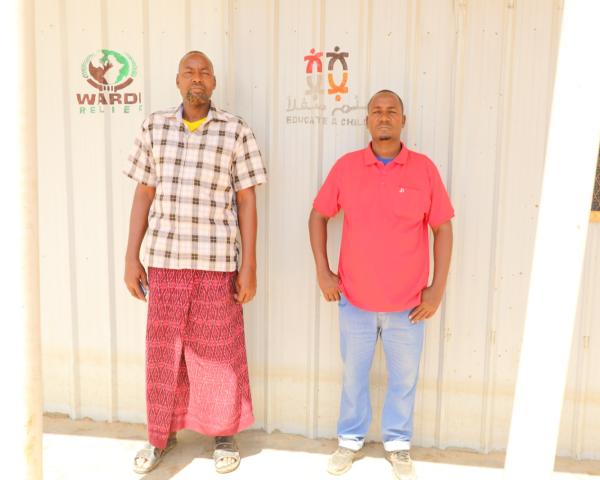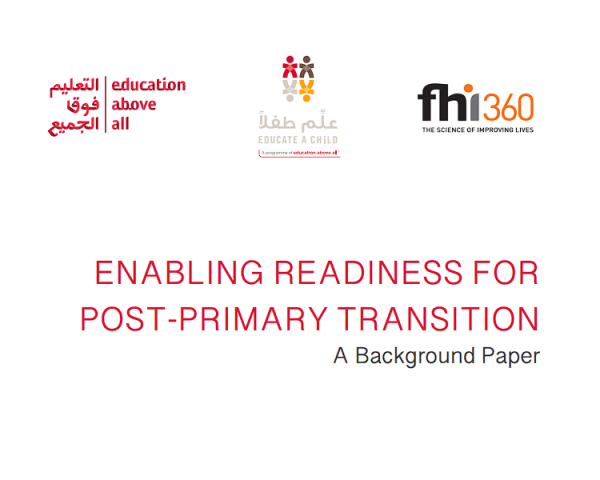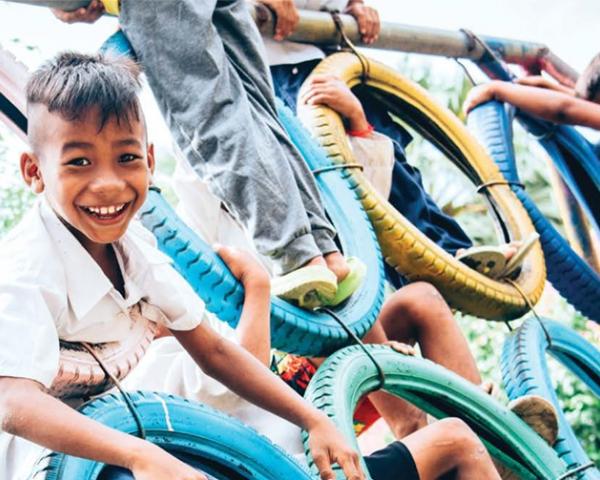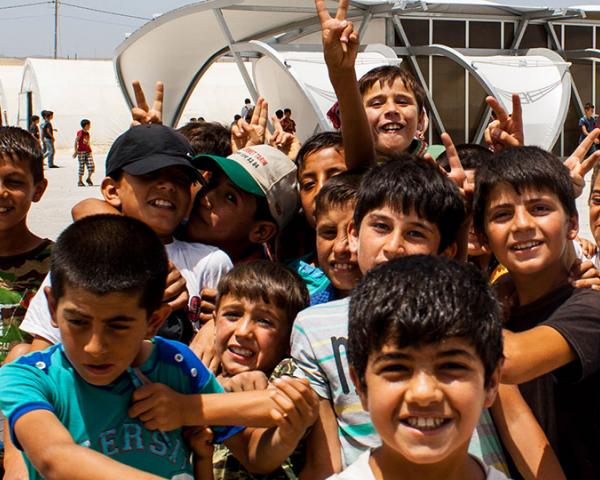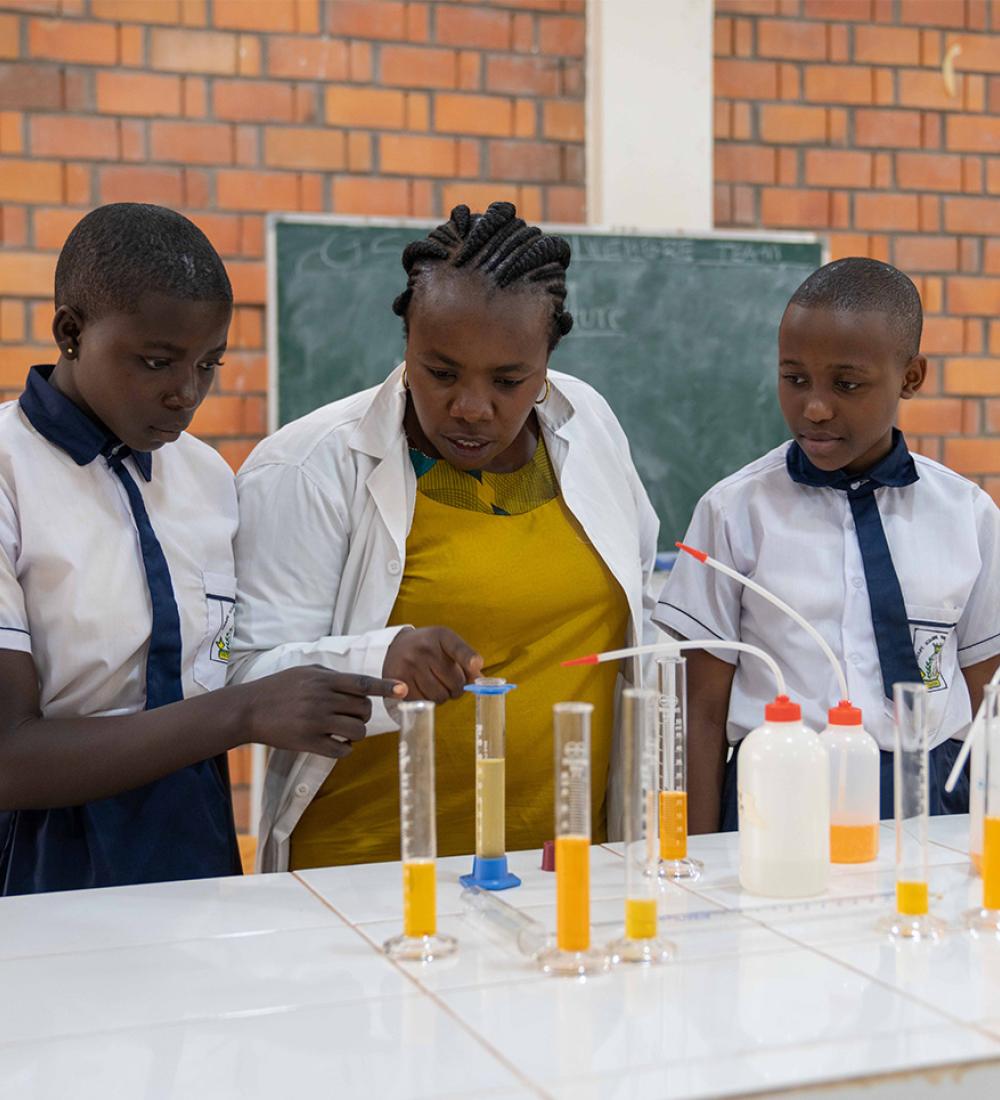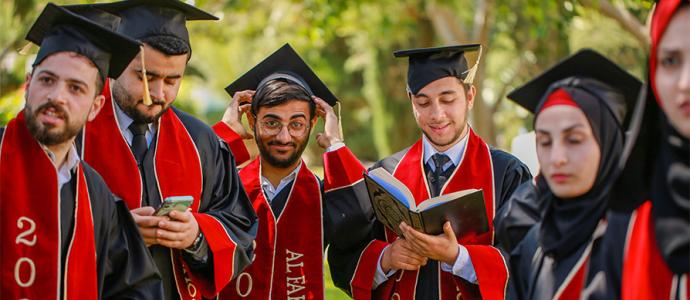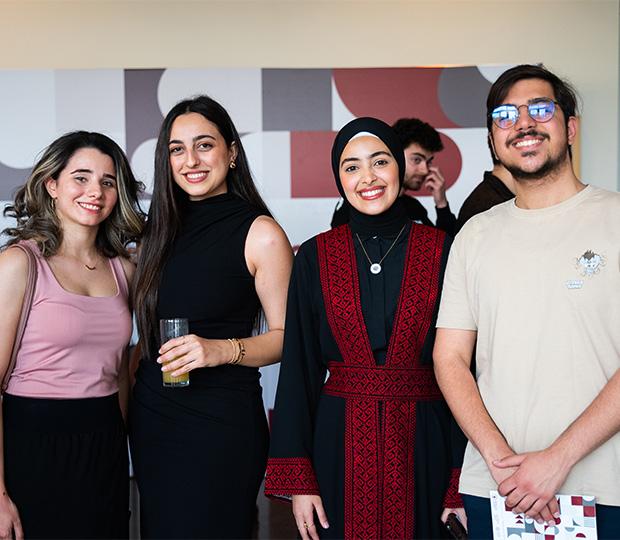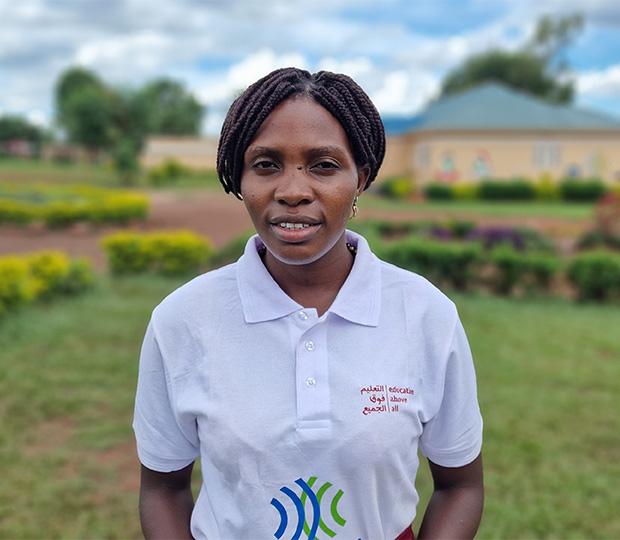Value-Led Development: How Educate A Child Provided Education for Millions of Children
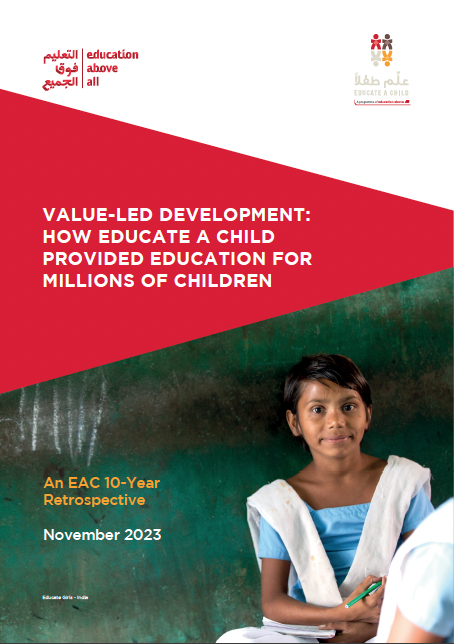
Educate A Child (EAC) is ten years old! How time flies! In some ways, it seems as if we began as a “start up” a short while ago. In other ways, it feels like a lifetime. More importantly, however, EAC wanted to be a lifeline. A lifeline to millions of children who deserve the opportunity to fulfil their right to quality primary education.
As 10 years is a conventional marker, it seems appropriate to reflect on the purpose and meaning of the endeavour that Her Highness Sheikha Moza bint Nasser actualised in 2012—building on her long-term concern for those left behind without an education and commitment to the UN Secretary General in 2010. Yet EAC has never striven to be “conventional”—in fact, from the start, EAC wanted to make a difference by working differently.
This short publication is our internal reflection on how EAC did this with the full support of its “home”, the Education Above All (EAA) Foundation. Putting out of school children (OOSC) at the centre of our work required us to think and act a little less traditionally, while remaining true to the vast body of knowledge and research on, and experience in, education. Values are important. Values based in conviction and experience working in education across the developing world served as the basis for determining how EAC would move ahead at speed and achieve what seemed at the beginning to be almost unattainable goals. In our reflection, we have chosen to focus on and analyse the values that underwrote the global effort known simply as Educate A Child.
We invite readers to peruse the EAA Library for extensive information and research on OOSC and the international education agenda for universal primary education. In addition, summaries of projects in over 56 countries around the world supported by EAC can be found with details on how they achieved their goals to reach children who were not participating in education at the primary level.
With gratitude for the hard work and dedication of all those in EAA, its Educate A Child programme and partners, it is our hope that this paper will serve both as an historical record and also a hopeful milestone in encouraging efforts to reach the seemingly unreachable and making primary education for all a reality.







